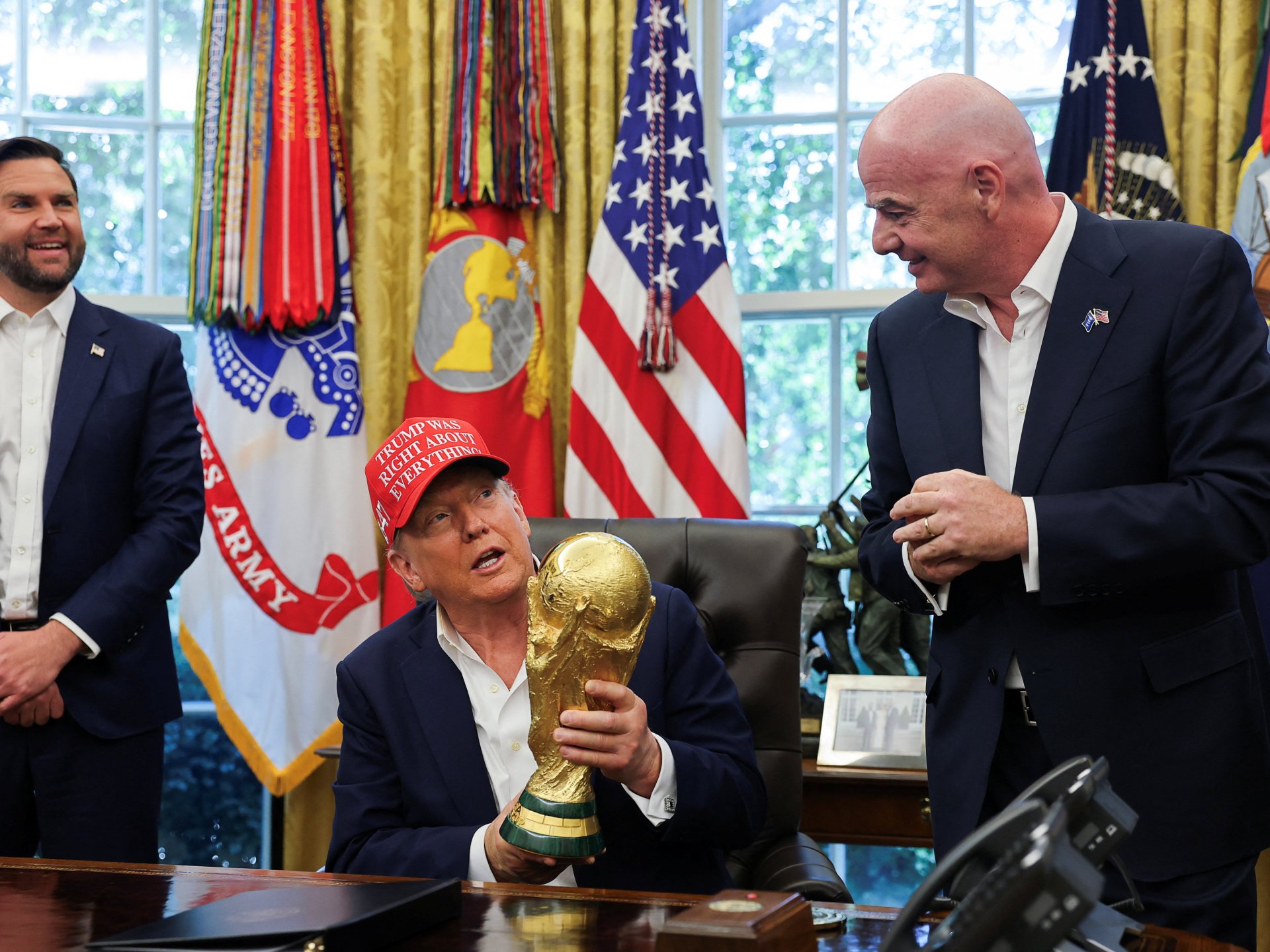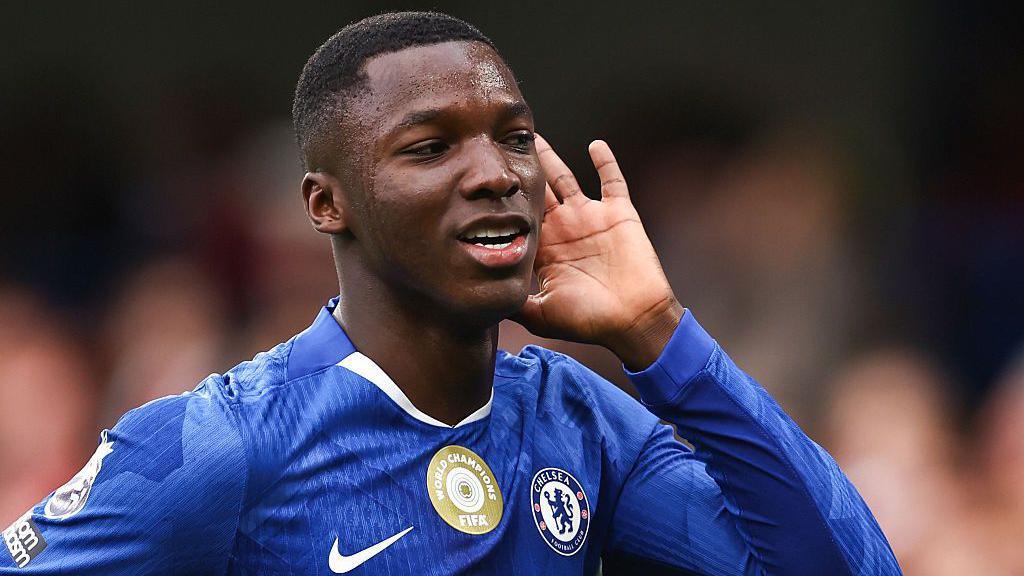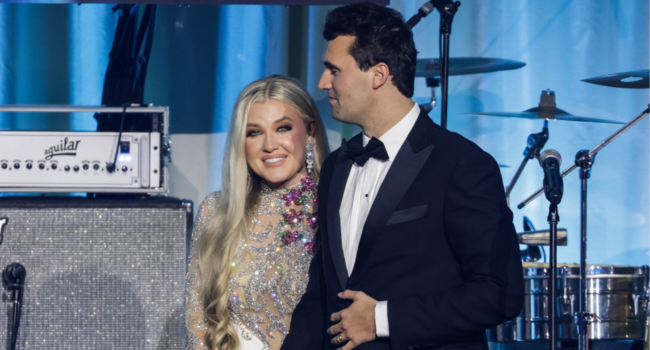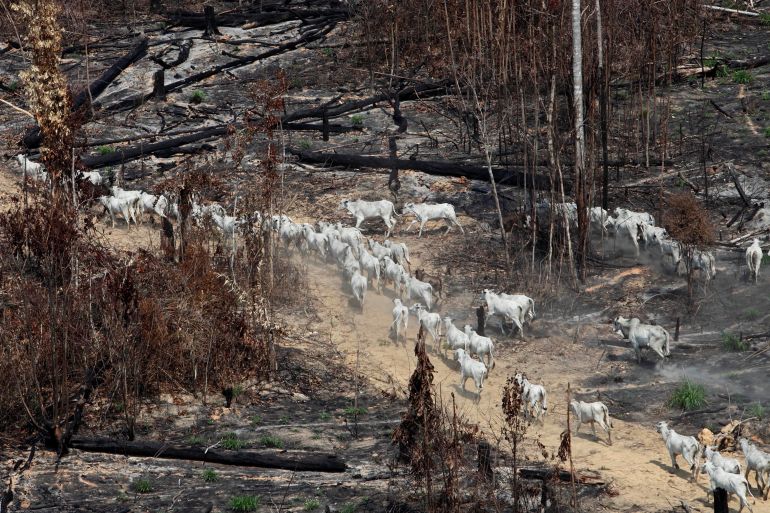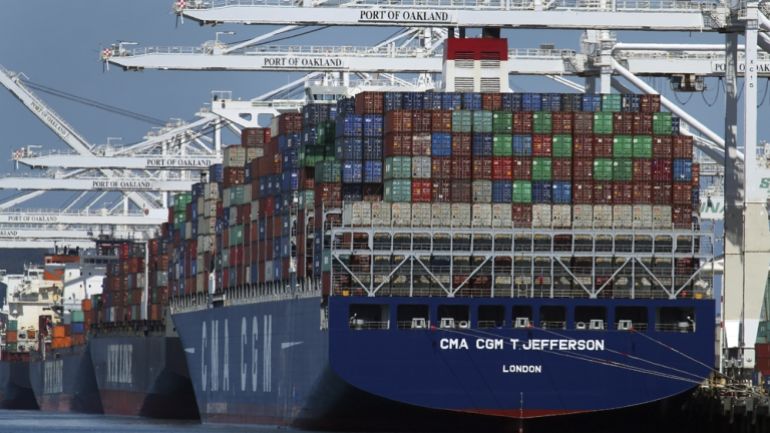The picture for the FIFA World Cup 2026 became a lot clearer on Tuesday when a number of top teams across the continents booked their place at football’s global showpiece.
The number of confirmed teams has now risen to 28 following the latest round of qualifiers, with another 20 still to be filled by various confederational playoffs, intercontinental playoffs, and – in Europe’s case – the main qualifying stage, which still needs to be completed.
Recommended Stories
list of 4 itemsend of list
England, South Africa and Qatar were among the headline names to book their place at the tournament on Tuesday.
Al Jazeera Sport takes a look at the tournament that the nations around the world are all vying to reach.
When and where is the FIFA World Cup 2026?
The tournament is being staged across the United States, Canada and Mexico. The first match will be played in Mexico City on June 11, while the final will be staged in New Jersey, US, on July 19.
Due to the expansion of the tournament – from 32 teams to 48 – the 39-day event is the longest in its history.
When will we know all the teams for the FIFA World Cup 2026?
FIFA’s intercontinental playoffs will be the last chance saloon for teams around the world to reach next summer’s event. The finale of that route will be on March 31, 2026, less than three months before the World Cup kicks off. The European qualification process runs until March, but most of the remaining confederations will have finished their continental qualification processes long before then.
What are the FIFA intercontinental playoffs?
Once the respective confederations finish their qualification process, FIFA offers two final spots to be contested by the best-placed team from each of the six continental routes that have not already qualified.
When is the draw for the FIFA World Cup 2026?
Although we will not know the full list of teams for the event until the end of March 2026, the draw will take place on December 5, 2025.
28/48 ✅@Aramco | #WeAre26 pic.twitter.com/eaksBnrBYM
Where will the draw be held for the FIFA World Cup 2026?
The draw will take place in the Kennedy Center in Washington, DC. US President Donald Trump confirmed the location while speaking in the Oval Office at the White House, flanked by Vice President JD Vance and FIFA boss Gianni Infantino. He did not rule out overseeing the draw itself.
What will the format be for the FIFA World Cup 2026?
With the expansion to 48 teams, the World Cup will now feature 12 four-team groups. That in turn will lead to a round of 32, an extra knockout round to previous editions.
Indeed, the tournament has doubled in size since it was staged in the US in 1994, when only 24 teams competed.
Can Trump move games at the FIFA World Cup 2026?
Trump has been quite clear and consistent on the staging of games within the US, saying he will move the games from any cities that he deems to be unsafe.
On September 26, when Trump was asked about games being moved, he warned: “Well, that’s an interesting question … but we’re going to make sure they’re safe. [Seattle and San Francisco are] run by radical left lunatics who don’t know what they’re doing.”
How will the FIFA World Cup 2026 game staging be split between the hosts?
The US will stage games in 11 cities: Atlanta, Boston, Dallas, Houston, Kansas City, Los Angeles, Miami, New Jersey/New York (joint host region), Philadelphia, San Francisco Bay Area and Seattle.
Canada will host 13 games in total, split between Toronto and Vancouver. Mexico will also get 13 games, which will be played in Mexico City, Guadalajara and Monterrey.
Where will the FIFA World Cup 2026 final be staged?
The US will stage the final, which will be played at MetLife Stadium in New Jersey.
Who are the defending FIFA World Cup champions?
Argentina won the last edition of the FIFA World Cup, beating France in the final of Qatar 2022.
With the game level at 3-3 after extra time, Argentina won the penalty shootout 4-2.
Will the weather affect games at the FIFA World Cup 2026?
The 2025 FIFA Club World Cup was staged in the US, and the heat and resulting thunderstorms proved to be a huge problem for the tournament.
Three stadiums – in Arlington, Atlanta and Houston – have retractable roofs that are expected to be closed due to the summer heat, while Inglewood and Vancouver have fixed roofs.
Which teams have already qualified for the FIFA World Cup 2026?
After the latest round of qualifying matches, here is a breakdown of the confirmed contenders from each of the six regions:
Hosts: Canada, Mexico, USA
Asia: Australia, Iran, Japan, Jordan, Qatar, Saudi Arabia, South Korea, Uzbekistan
Africa: Algeria, Cape Verde, Egypt, Ghana, Ivory Coast, Morocco, Senegal, South Africa, Tunisia
Europe: England
Oceania: New Zealand
South America: Argentina, Brazil, Colombia, Ecuador, Paraguay, Uruguay
Which teams can still qualify for the FIFA World Cup 2026?
Africa: Cameroon, the Democratic Republic of the Congo, Gabon and Nigeria will play off for the final intercontinental spot from the continent. The Confederation of African Football (CAF) has announced November 13 for the first matches, followed by a deciding match three days later.
Asia: UAE and Iraq will vie for one intercontinental playoffs spot when they compete over two legs in the final stage of the Asian Football Confederation (AFC) qualifiers on November 13 and 18.
Europe: 53 of the 54 European teams vying for 16 qualification spots can still confirm their berths, alongside England, as their first-round matches will run until November 18. European qualification will run until March, just before the intercontinental playoffs begin.
North, Central America and the Caribbean: Three spots remain up for grabs, given the World Cup hosts take up three spots already. Bermuda, Costa Rica, Curacao, El Salvador, Honduras, Guatemala, Haiti, Jamaica, Nicaragua, Panama, Suriname, and Trinidad and Tobago have all advanced to the third round, with the winners to be decided by November 18. The three second-placed teams from each group will then fight for the intercontinental playoffs spot.
Oceania: New Caledonia have qualified for the intercontinental playoffs.
